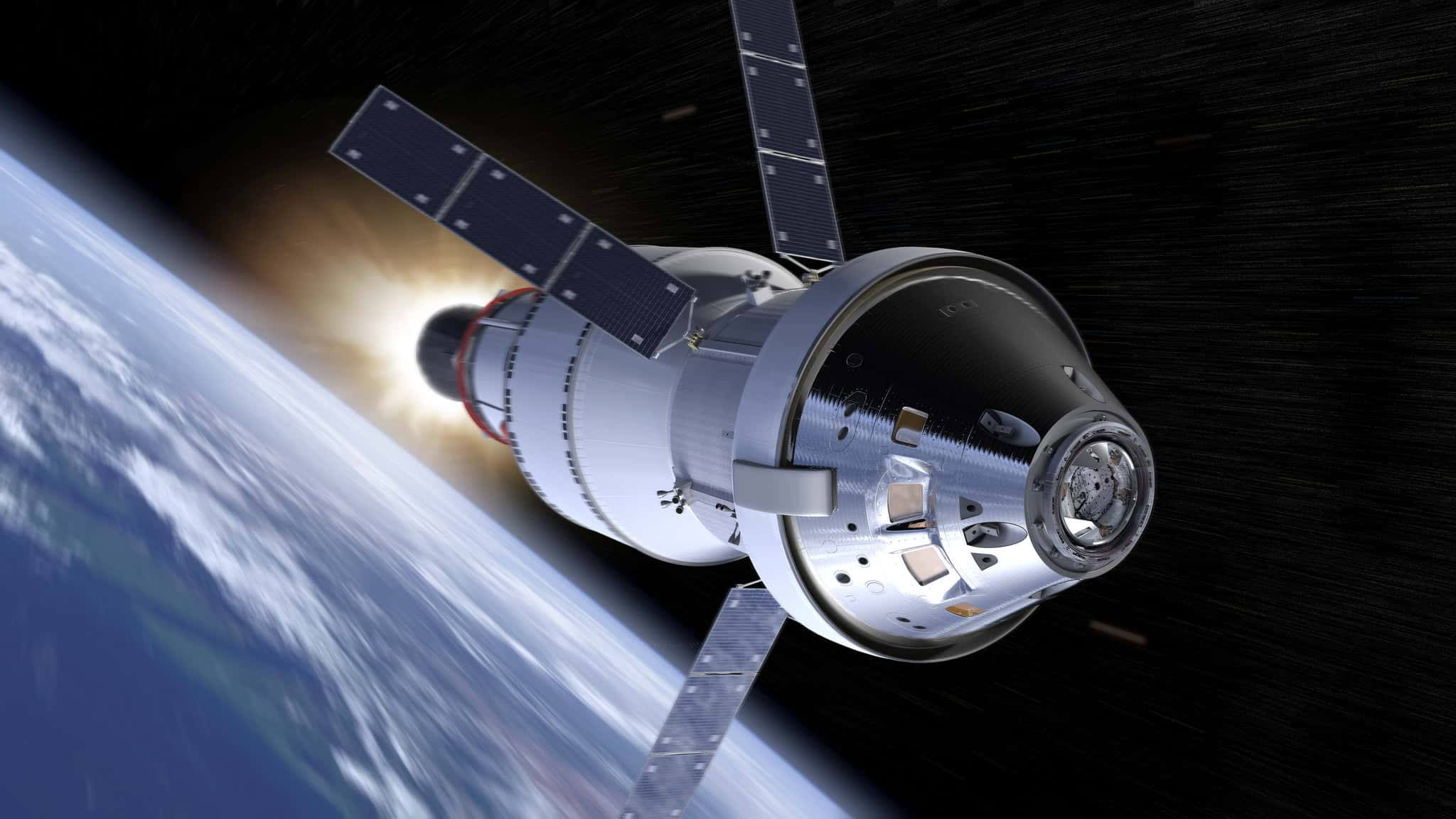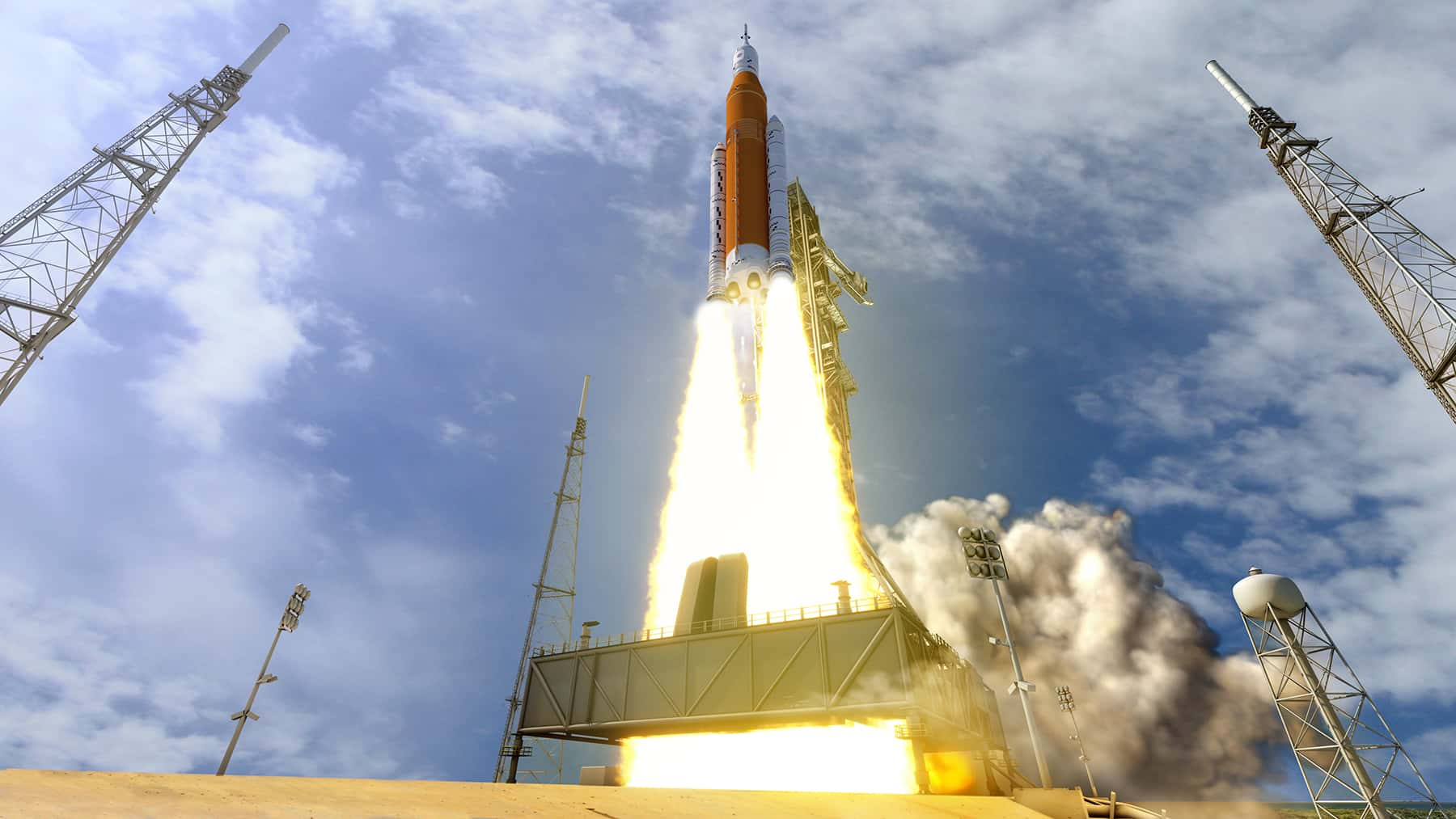NASA's three-phased Artemis Mission's plan to put first woman on Moon in 2024 to cost $28 billion

NASA has sketched their plans for the ambitious $28 billion Artemis mission that aims to put the first woman and the next man on the Moon. With the announcement, the space agency wants to return to the Moon in 2024 — after more than 50 years. The expedition will act as a stepping stone to reaching Mars.
The astronauts will travel aboard the Orion spacecraft. It will be launched on a powerful rocket called SLS, which is designed for missions beyond low-Earth orbit — carrying crew or cargo to the Moon and beyond, according to NASA.
"The $28bn represents the costs associated for the next four years in the Artemis program to land on the Moon. SLS funding, Orion funding, the human landing system and, of course, the spacesuits — all of those things that are part of the Artemis program are included," Nasa administrator Jim Bridenstine said.

Their timeline will depend on the Congress setting aside $3.2 billion for building a landing system. "The budget request that we have before the House and the Senate right now includes $3.2bn for 2021 for the human landing system. It is critically important that we get that $3.2bn," Bridenstine said.
The lander was earlier allocated $600m funding after the US House of Representatives cleared a Bill. But building the vehicle will cost more. Bridenstine added: "I want to be clear, we are exceptionally grateful to the House of Representatives that, in a bipartisan way, they have determined that funding a human landing system is important — that's what that $600m represents. It is also true that we are asking for the full $3.2bn."
Plans
The Artemis mission will be carried out in three phases. The first phase will be an uncrewed mission: Orion and SLS will be launched from Florida in 2021. The goal is to test for performance, life support, and communication capabilities. For the second phase, NASA will send astronauts on Orion in 2023. This test will provide the information needed to carry out the 2024 Artemis III mission.
The destination is the lunar south pole. After docking Orion, the landing system will transfer astronauts for expeditions to the surface of the Moon. They will be wearing flexible spacesuits allowing more movement. While on the lunar surface, the explorers will collect samples and conduct a range of science experiments over roughly seven days.

Further, they hope to collect water ice. The latter will help them learn about the origins of water on the Moon. Using the lander, they will return to lunar orbit before ultimately heading home to Earth aboard Orion, according to NASA.
"As we've solidified more of our exploration plans in recent months, we've continued to refine our budget and architecture. We’re going back to the Moon for scientific discovery, economic benefits, and inspiration for a new generation of explorers," Bridenstine said. "As we build up a sustainable presence, we're also building momentum toward those first human steps on the Red Planet," he added.